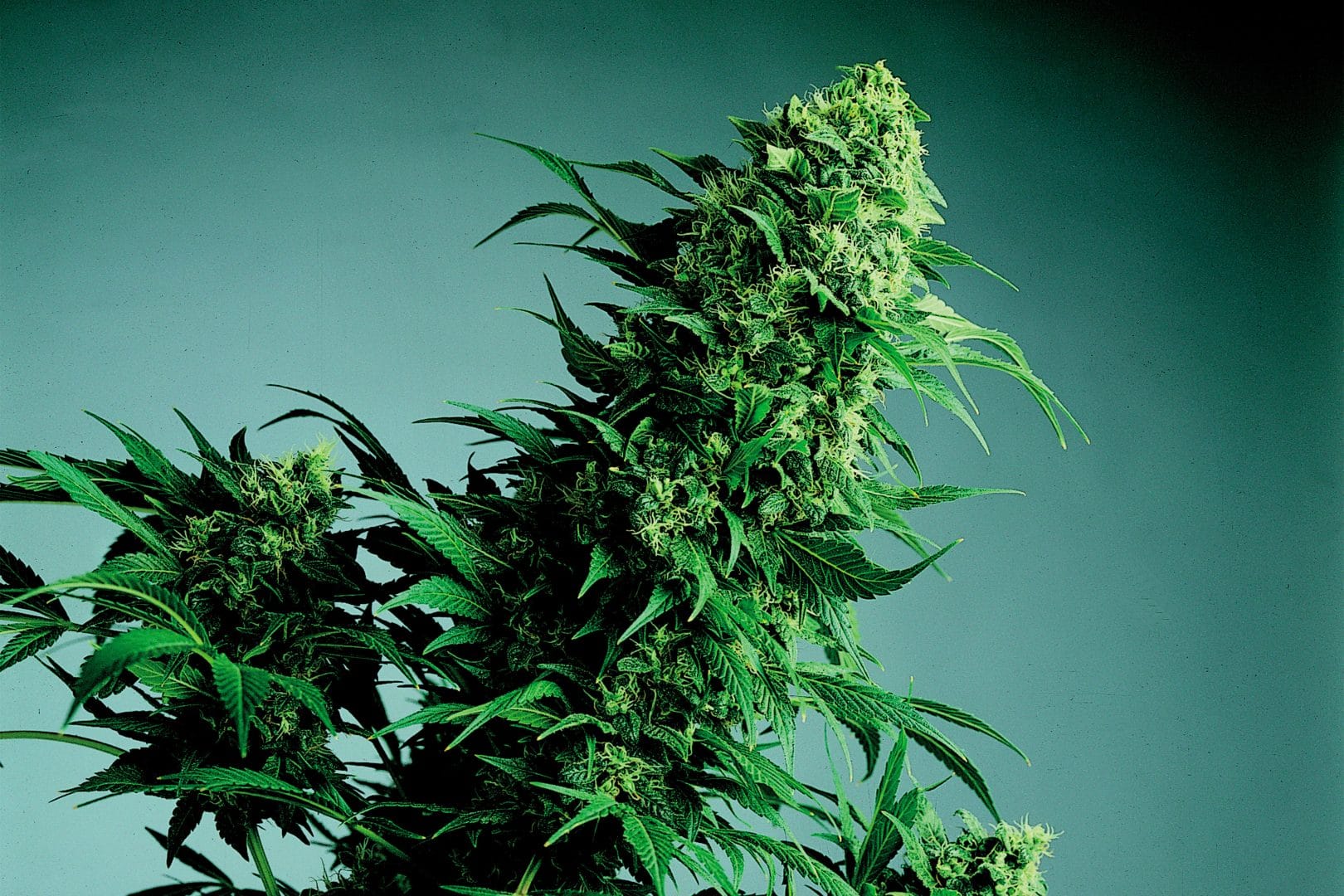
Cannabis Indica
Cannabis Indica L. is generally agreed to have originated either on the Asian subcontinent, or possibly in Afghanistan.

Interest in medicinal cannabis is currently on the rise in many parts of the world.
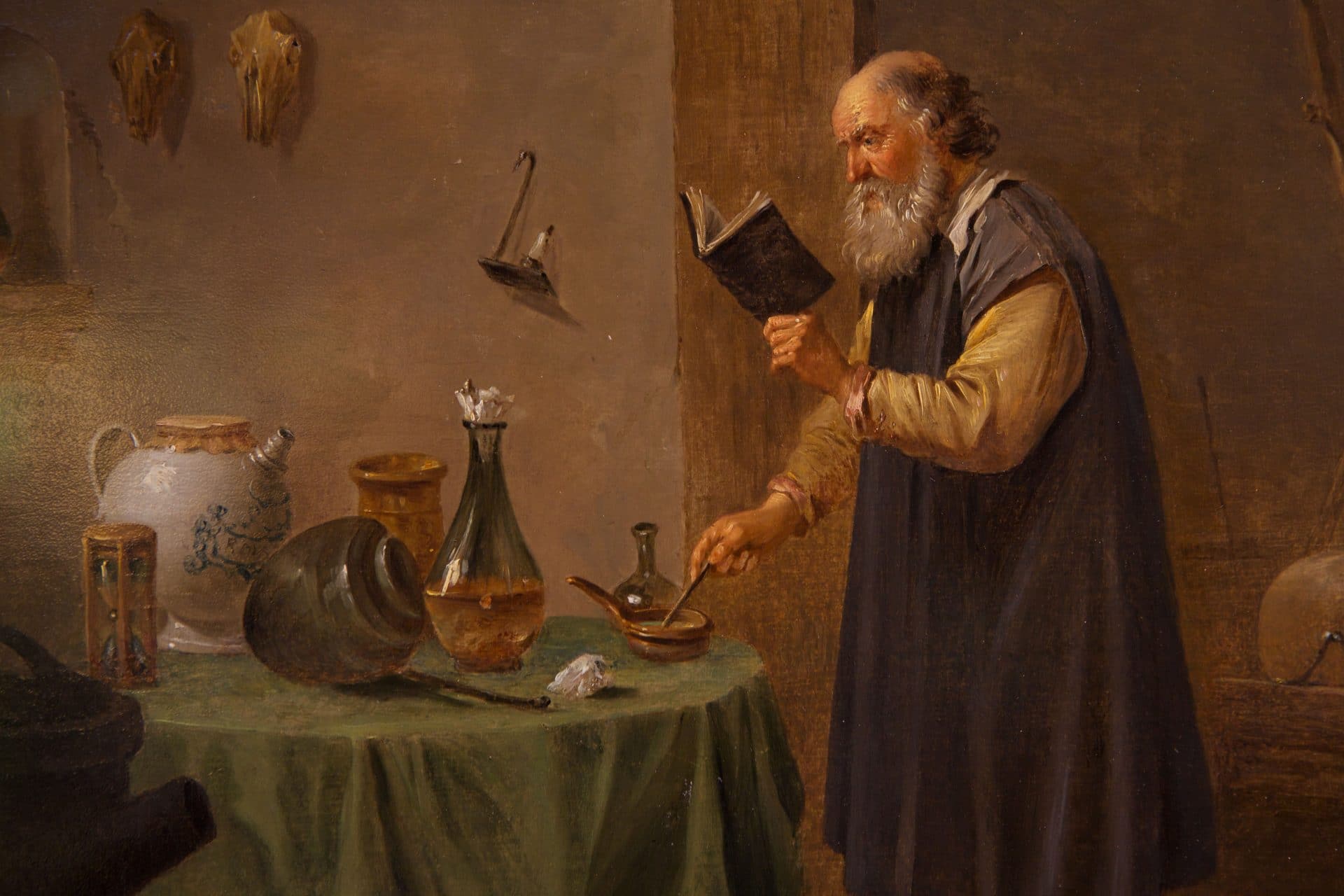
Style of David Teniers the Younger, An Alchemist at Work, c. 1660-70.
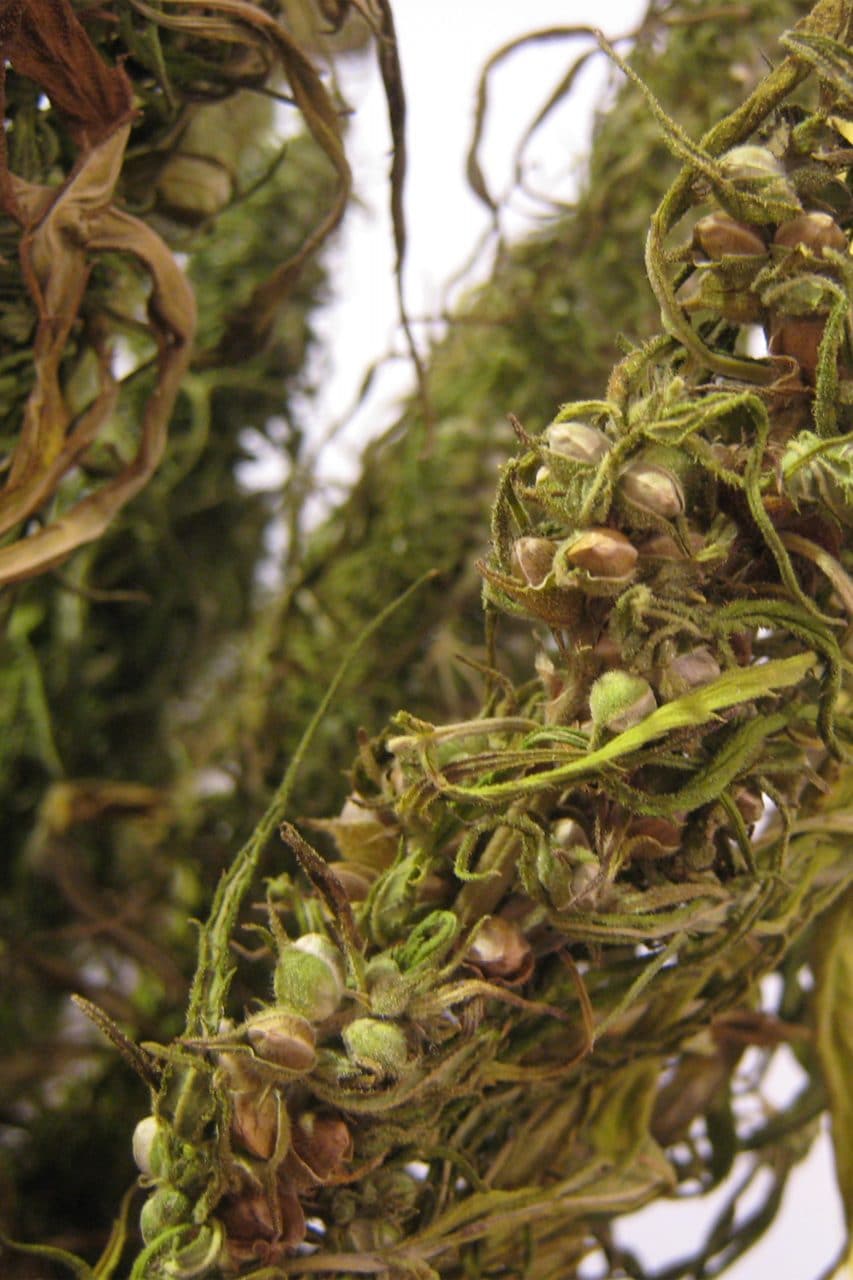
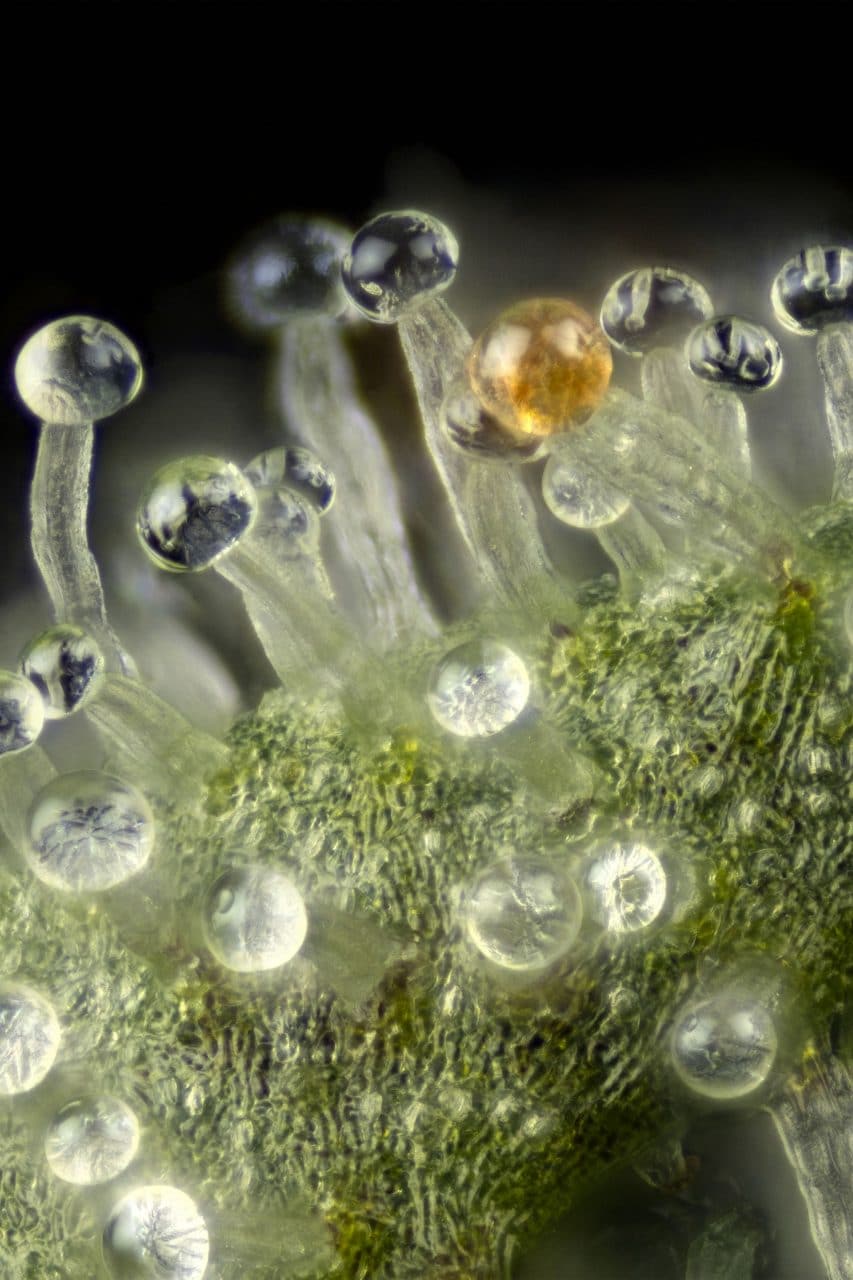
Trichomes. Photo: Hawoodrose.
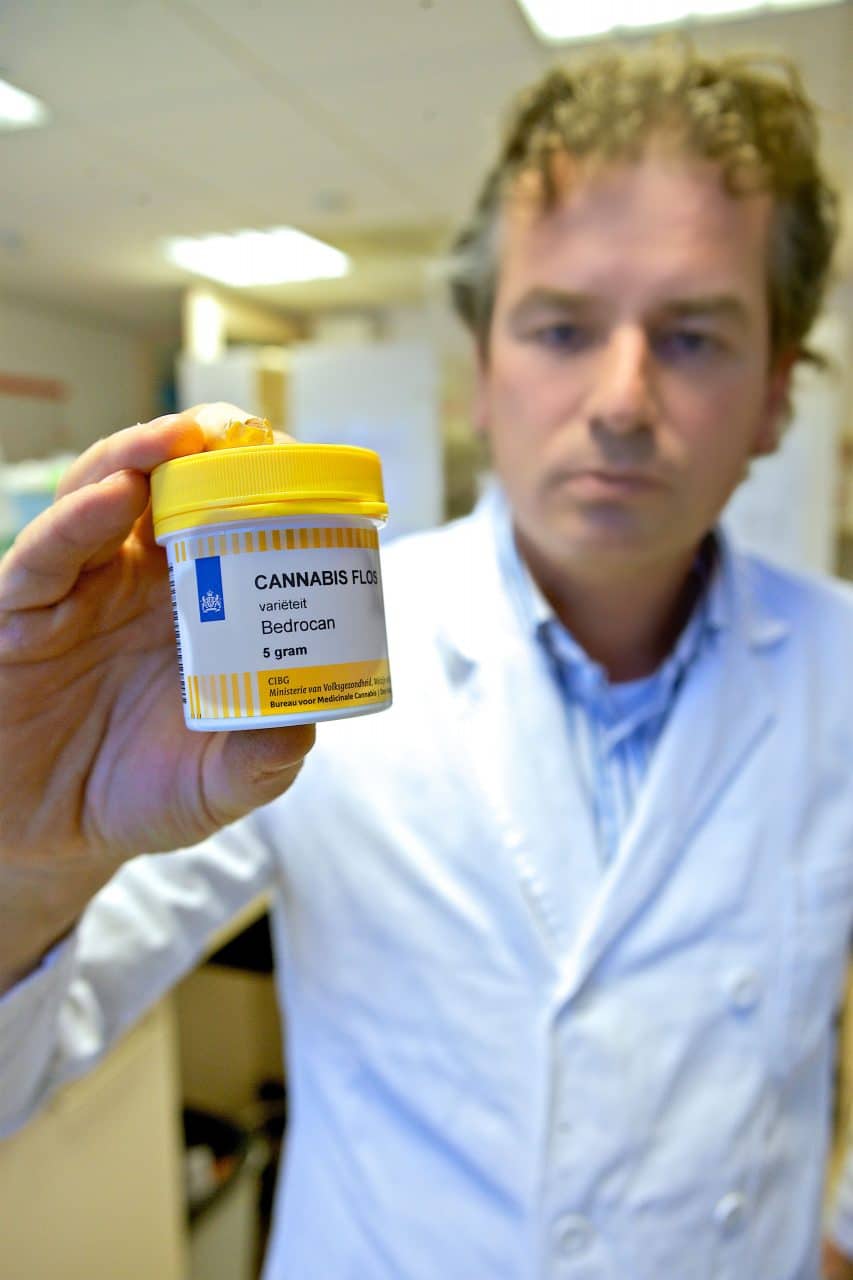
Photo: Floris Leeuwenberg.
Part of the Hash Marihuana & Hemp Museum collection is made up of antique medicinal paraphernalia which provides a fascinating view into the history of medicine and pharmacology. There are also several paintings of apothecaries tending to patients dating from the seventeenth century, when cannabis would have been a part of any doctor’s kit. Although the stronger psychoactive qualities of the plant were not available to Europeans until the nineteenth century, the roots and leaves of the plant were already in common use prior to this, usually in poultices to relieve swollen, stiff or painful joints.
The discovery of the medicinal applications of cannabis was almost certainly accidental. Humankind’s earliest use of the cannabis plant was eating its nutritious seeds, which develop inside the pollinated flowers of the female cannabis plant. The discovery of the health benefits of cannabis should be seen within the awareness and use of such food as a medicine, an ancient tradition in various areas of the world. The flowers, and the small leaves surrounding them, are covered with tiny resin glands that contain cannabinoids, the plant’s medicinally active compounds.
It probably didn’t take long for our ancestors to notice that this abundant food source had unusual side-effects if parts of the flowers were cooked and eaten along with the seeds. Maybe some flowers were accidentally burned, and the inhalation of the smoke produced effects which would have been rapidly noticed by our ancestors. From accidental consumption, purposeful use developed and the earliest form of pharmacology began.
Interest in cannabis as a medicine is currently on the rise in many parts of the world. The museum collection features modern-day medicinal cannabis packaging alongside the antique containers of yesteryear. Modern packaging ranges from pre-rolled cannabis cigarettes in plastic bags sealed with a pharmacy stamp to the white plastic pots labeled Cannabis Flos with their distinctive yellow lids, in which Dutch prescription cannabis is supplied.
What illness or disease is treatable with marijuana? The list of medical applications for cannabis grows longer by the year. The following section covers just a few of the main uses, all of which are documented by repeated scientific study.Although we fully endorse the use of medicinal cannabis, this website should not be used as a treatment guide. We strongly advise you to consult a qualified medical practitioner before self-medicating.
Glaucoma is an incurable condition which causes optic nerve damage and irreversible blindness. One of the main contributing factors is intraocular pressure, high pressure within the fluids of the eyeball. Cannabis has been proven to lower intraocular pressure, reducing the risk of damage to the optic nerve and arresting the further advancement of glaucoma.
Glaucoma is so common that it is the second leading cause of blindness in the USA. The condition can be easily and effectively treated with cannabis, whether smoked, eaten or vaporized. Around half of all glaucoma patients cannot tolerate the pharmaceutical drugs they are prescribed for the illness, and when eye drops are prescribed as treatment, many patients fail to use them with the necessary frequency and accuracy for the treatment to be effective.
Although not yet proven as a treatment for cancer itself, cannabis has proved invaluable to many cancer patients as a drug to stimulate appetite and suppress the nausea which is a common side effect of chemotherapy and radiation therapy. This is incredibly important in maintaining weight and health, thereby giving the patient’s body a better chance of fighting the cancer.
The same applies for people suffering from AIDS, as many of the medications to treat the disease also cause nausea and weight loss. Chemical appetite stimulators and anti-emetics have more side effects than cannabis, and are often unsafe to use in combination with other drugs prescribed to the patient for their condition.
Osteoarthritis and rheumatoid arthritis cause painful, swollen joints and stiffness. When eaten, cannabis has anti-inflammatory properties as well as analgesic (pain-reduction without loss of consciousness) effects. Medical studies have shown that cannabis use reduces inflammation and morning stiffness and increases mobility. Pharmaceutical drugs prescribed to arthritis patients to produce the same results have many unpleasant and sometimes dangerous side-effects including ulcers, severe weight loss, and breathing problems.

You might also be interested in these topics

Cannabis Indica L. is generally agreed to have originated either on the Asian subcontinent, or possibly in Afghanistan.
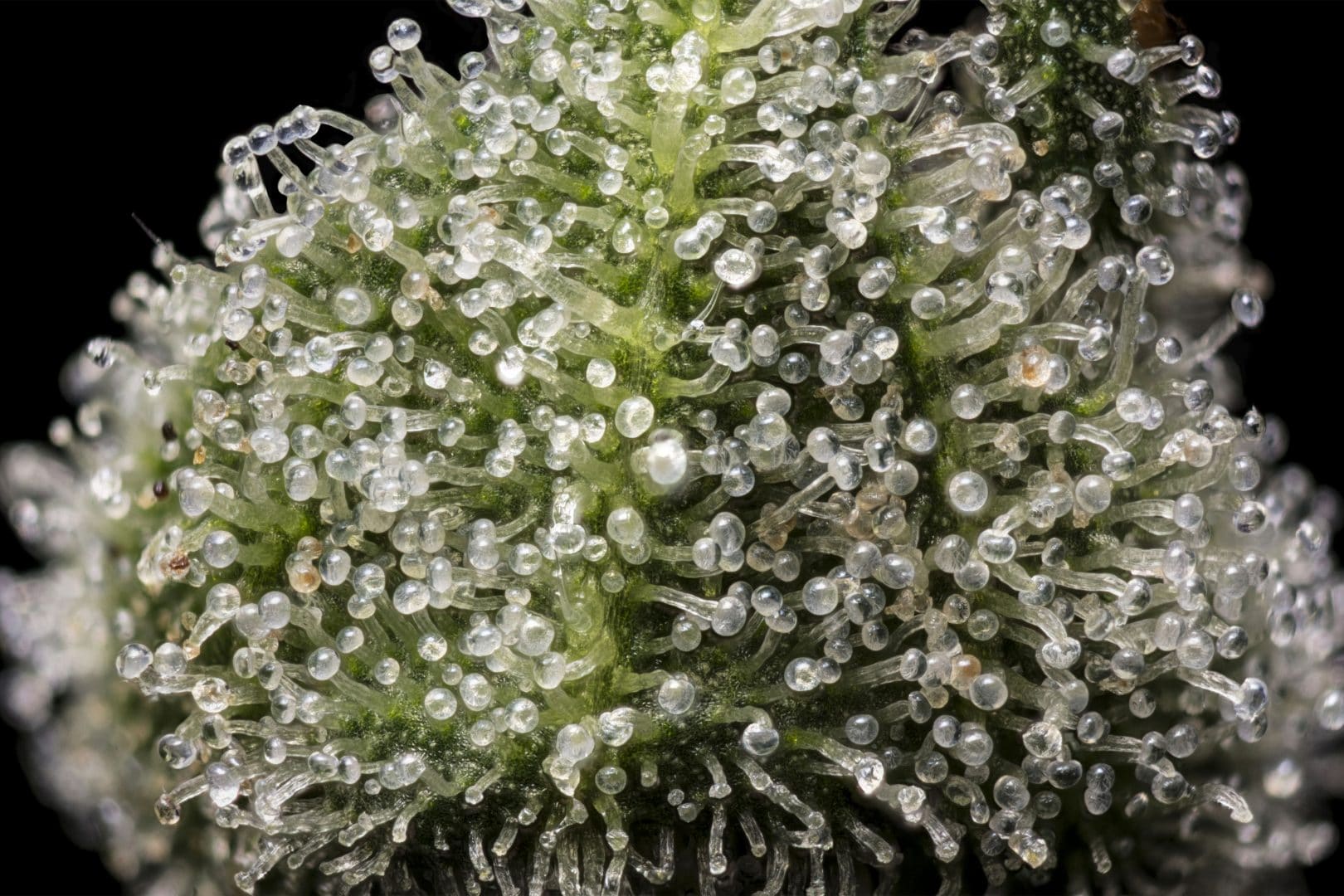
What is the effect of THC, cannabidiol and cannabinol on the human body? Read more about cannabinoids and the endocannabinoid system.

The museum has been closely associated with vaporizing cannabis since 1993, when the Interactive Vaporizing Exhibit became part of the permanent exhibition.
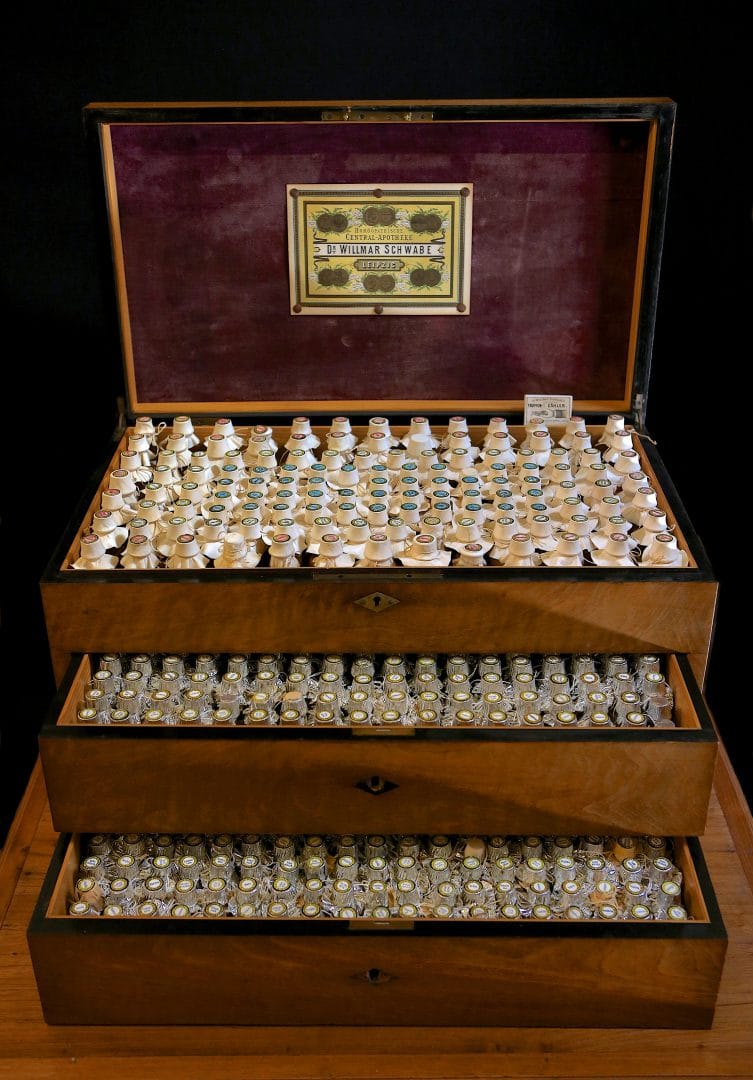
This splendid pharmacist’s chest from 1873 used to belong to Willmar Schwabe. At the age of 26, this German pharmacist started producing remedies based on medicinal plants. This homeopathic pharmacist’s chest contains 152 numbered bottles with granules from various plants, including Cannabis indica (number 29) and Cannabis sativa (number 30). Many of the homeopathic medicines […]

Feast your eyes on a unique collection in the world.
Buy your ticket Plan your visitSign up to get the latest news about the museum, upcoming exhibitions and events.
Oudezijds Achterburgwal 148
+31 (0)20-6248926
amsterdam@hashmuseum.com
Monday to Thursday: 12:00 – 20:00
Friday to Sunday: 10:00 - 22:00
More information
Carrer Ample 35
+34 93 319 75 39
barcelona@hashmuseum.com
Every day: 11:00 – 20:00
More information
© 1987 - 2025 Hash Marihuana & Hemp Museum. All Rights Reserved. CSS Status 404